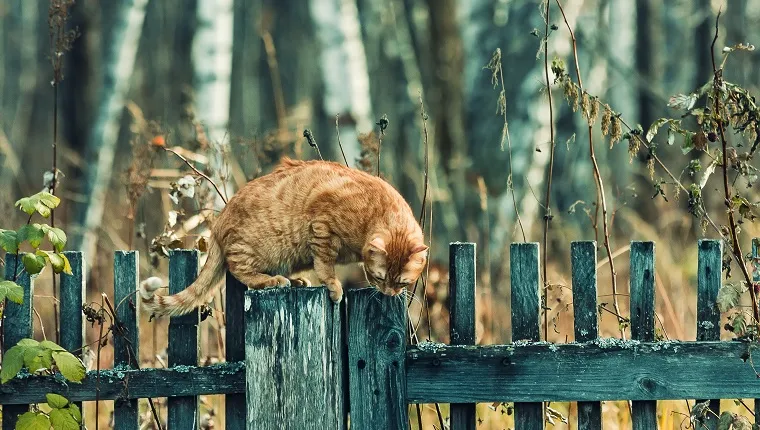Hey there, feline fanatics! Ever wondered why orange cats seem to be mostly male? It’s a puzzling quirk of genetics that has left many of us scratching our heads. But fear not, for today we’re going to dive into this fascinating feline phenomenon and uncover the secrets behind why orange cats are often rocking the XY chromosome.
The Tale of Ginger Cats
The Genetic Connection
To understand the ginger mystery, we need to take a closer look at cat genetics. The color of a cat’s fur is determined by a combination of genes, and in particular, the sex-linked orange color gene is found on the X chromosome.
The Orange Gene X-planation
Here’s where it gets interesting: Female cats typically have two X chromosomes (XX), while male cats have one X and one Y chromosome (XY). The orange fur gene, known as “O,” is a dominant gene located on the X chromosome. When a cat has one “O” gene (XO), it will have orange fur. But here’s the twist: the presence of a second gene, “o” (non-orange), can result in a cat with a different color, such as black or gray.
The Odds of Orange
Male Advantage
Now, let’s explore why orange cats are more commonly male. In male cats, having just one X chromosome (XY) means they only need one “O” gene to display orange fur. This gene doesn’t have to compete with another non-orange gene since there’s no second X chromosome.
The Female Challenge
In contrast, female cats (XX) need two “O” genes to express orange fur. If they have one “O” and one “o,” they’ll typically have a different color, like tortoiseshell or calico. This dual requirement makes orange fur less common in females.
Exceptional Ginger Females
The Rare Ginger Queens
While it’s less common, there are female ginger cats out there, often referred to as “ginger queens.” These fabulous felines are the result of having two “O” genes on their X chromosomes. They’re like the unicorns of the cat world!
Veterinary Insights
Veterinarians affirm that the ginger cat phenomenon is indeed a product of genetics. They advise cat owners to appreciate the uniqueness of their ginger furballs while ensuring they receive the same love, care, and attention as cats of any other color.
Wrapping Up the Ginger Riddle
Celebrating Feline Diversity
So, there you have it! The ginger mystery of why orange cats are usually male stems from the way cat genetics interact with the X and Y chromosomes. While male cats have a simpler path to orange fur, the occasional ginger queen proves that exceptions can be just as enchanting.
As cat lovers, let’s celebrate the diversity of our feline friends, whether they sport ginger, black, gray, or calico coats. After all, it’s the purr-sonality that truly makes them special!
- Best Hunter.io Alternatives for 2025 - April 19, 2025
- Best Lead411 Alternatives for 2025 - April 19, 2025
- Best Leadzai Alternatives for 2025 - April 18, 2025



